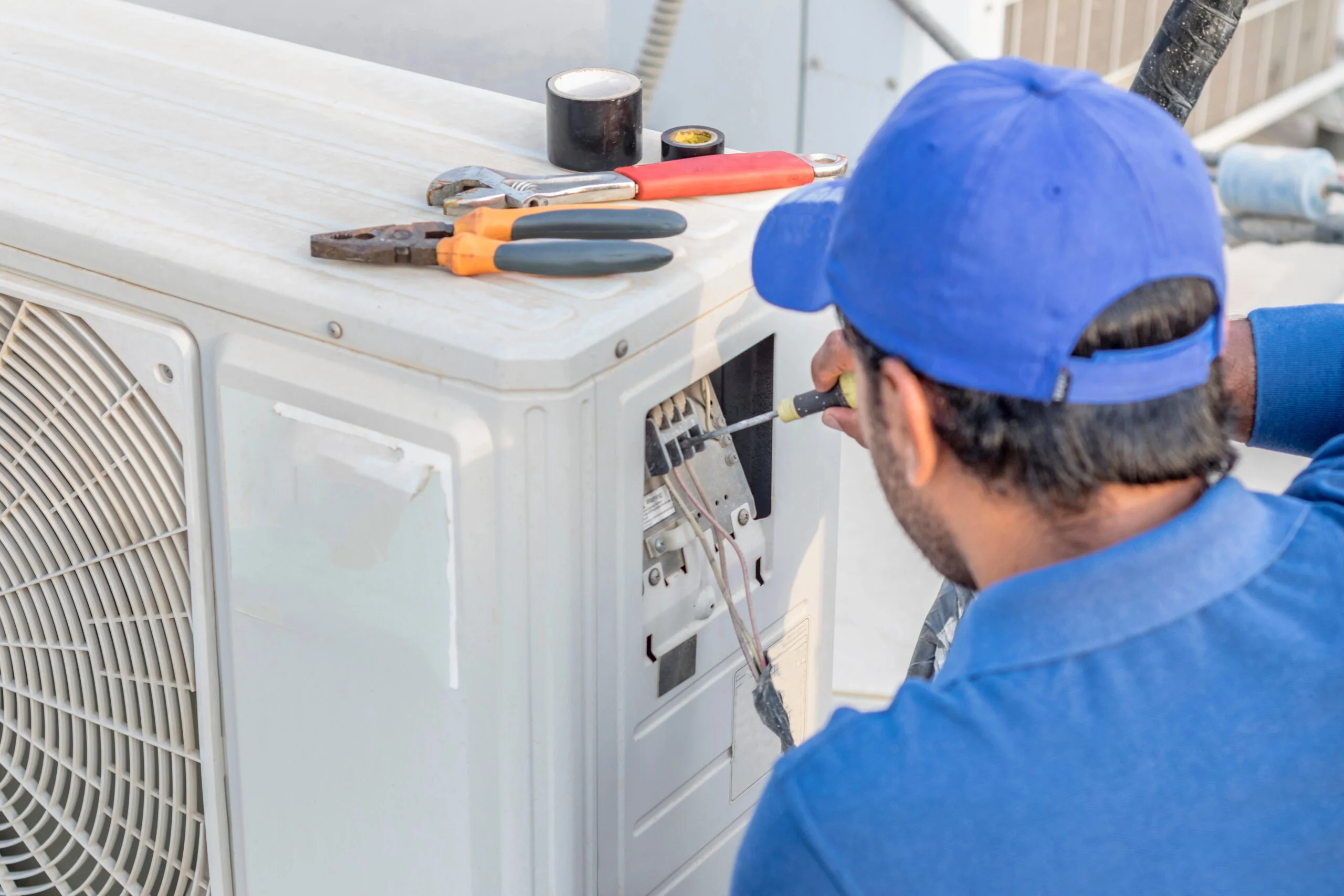
The need for heating and air conditioning repair should include more than the usual unit and vent cleaning services. In order to reduce the number of necessary visits from your technician, it’s a great idea to see what other services and upgrades you can take advantage of while they are already working around your home. These days, homeowners are quickly realizing how much control and connectivity they can have over their heating and conditioning systems.
Smarter Temperature Control
The first step in saving money on your home’s energy costs is to make sure that you not only have the appropriate HVAC system installed, you must also have the ability to control those units. It seems that new thermostats and vent systems are being introduced every day that are designed to do just that.
Now, thermostats have smartphone apps available that offer a wide range of control to the residents. Some simply connect via bluetooth, allowing users to simply turn the systems on and off while in the home. Others fully connect to wi-fi, offering families temperature control and scheduling from remote locations.
Better Energy Management
Traditionally, thermostats had small temperature windows for their automatic control of a home’s HVAC system. Known as “temperature swing”, this setting could not be changed and led the units to turn on and off more frequently and, therefore, used more energy for their operation. This increased activity within the units also caused a higher need for heating and air conditioning repair.
With larger swing windows, newer thermostats will wait longer to react to changes in the home’s temperature. With this larger window, thermostats decrease energy usage because they will not react so easily to these changes in temperature. This feature has been proven to decrease the energy usage of the units and lower the utility costs associated with their operation.
Increased Sensor Accuracy
A single thermostat, located in an out-of-the-way location, is not likely to accurately determine your indoor temperatures. For example, any small closed room will heat faster than a larger one and this difference will not be detected by traditional thermostats that simply rely on nearby ambient temperatures.
Luckily, thermostats can now be connected to a series of sensors throughout your home and, in conjunction with smart vents, are more easily able to maintain a steady temperature throughout your entire home. Beyond that, humidity sensors are also available, motion detection devices adjust according to the presence of people and pets, wi-fi connected thermostats can use local weather information to make adjustments, and status indicators alert you to the need for maintenance or repairs.
Easier Automation
Homes new and old are becoming smarter every year. Some of these whole-home automation systems are easy to install and use while some are a little more complicated. Sometimes, homeowners opt for easier to use automatic systems, while others choose to connect all the devices possible.
You may simply want to set a schedule that coincides with your activities, such as your home and away times. Perhaps you travel a lot and need to change this schedule with the press of a button. Others like the idea that their thermostats can learn and adapt to their family’s use or be triggered by the GPS of a connected smartphone.
Simply put, there are many upgrades that can be completed at the time of your needed heating and air conditioning repairs. Just discuss your options with your technician ahead of time so he or she can have the devices most suited to your current HVAC system and your desired level of control ready for installation at the time of your service visit.



